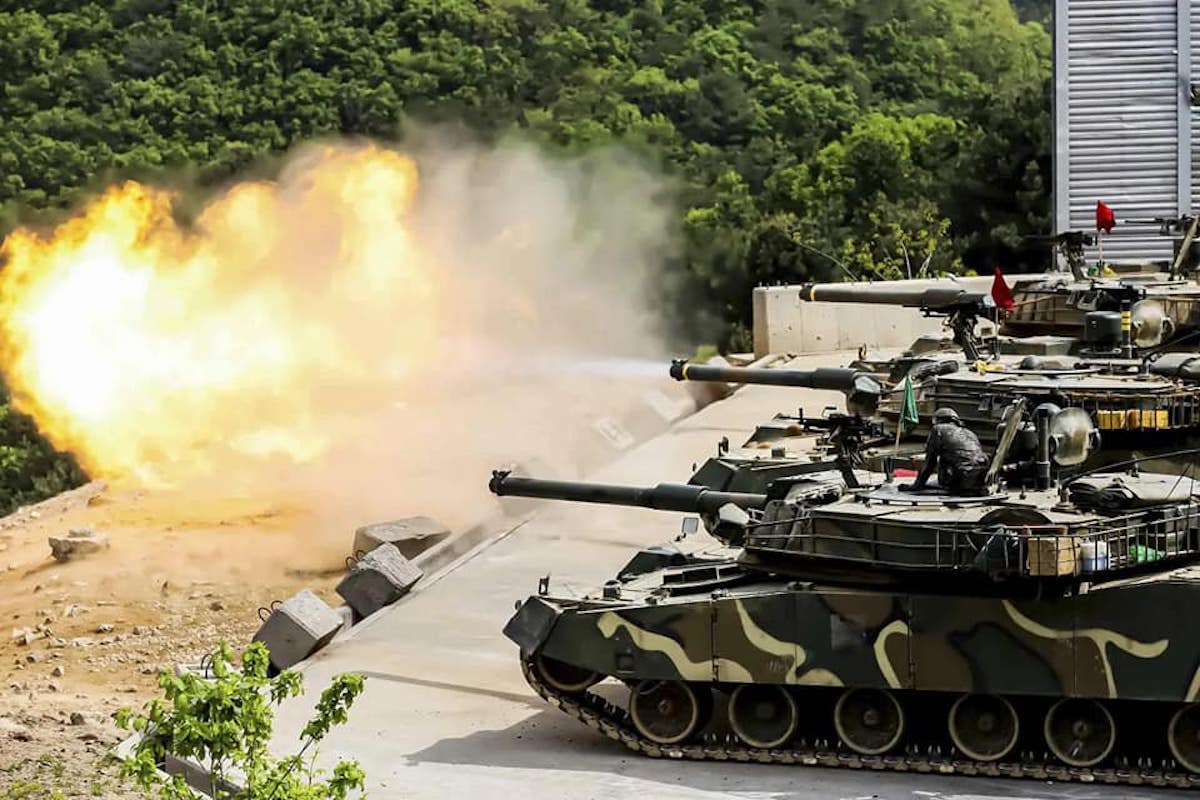South Korea To Spend USD266 Billion Over Next 5 Years
The Republic of Korea’s (ROK) Ministry of National Defense (MND) has outlined its goal to spend as much as USD266 billion over the next five years in order to preserve and enhance defence capabilities, including the military’s “three-axis” deterrence system against North Korean military threats.
In the face of evolving military threats from North Korea, underscored by North Korea’s recent launch of their very-first military spy satellite, the South Korean defence ministry publicised their mid-term defence blueprint for 2024-2028 to boost defence capabilities.
Throughout the five-year duration, the MND looks to spend a total of around USD268.6 billion, where USD87.7 billion has been allocated for beefing up their military capacities and USD180.8 billion to maintain its troop strength, equipment and facilities. The country’s annual defence budget of USD43.9 billion this year is expected to be bumped up to USD45.9 billion for 2024, followed by USD49.5 billion for 2025, USD53.9 billion for 2026, then USD57.6 billion for 2027 and USD61.6 billion for 2028. It calculates to about an average yearly increase rate of seven per cent for defence spending, though those plans are subject to parliamentary approval.
Several items within the blueprint emphasise on guaranteeing deterrence capabilities through the military’s three-pronged system comprising the Korea Massive Punishment and Retaliation which is an operational plan to incapacitate North Korea’s top leadership in the event of a major conflict, followed by the Kill Chain pre-emptive strike platform and the Korea Air and Missile Defense System.
Also outlined in the blueprint are numerous projects such as the acquisition of military reconnaissance satellites, the deployment of additional submarines, advanced missile interceptor systems and the development of electromagnetic pulse (EMP) munitions. The blueprints call for five military spy satellites before 2025 and the launch of several dozen small-sized satellites by 2030 which allows the ROK military to monitor North Korea in 30-minute intervals, said a defence official.
South Korea’s first indigenous spy satellite entered orbit earlier this month after it was successfully launched from the US’ Vandenberg Space Force Base on a SpaceX Falcon 9 rocket.
Furthermore, South Korea aims to finish deploying tactical surface-to-surface missiles capable of taking out enemy tunnel targets and kick off deployments of the KSS III Batch-II diesel-electric attack submarines which would carry larger numbers of submarine-launched ballistic missiles (SLBM) in contrast to previous Batch-I submarines.
Advanced stealth fighters and new weapons platforms such as suicide drones are also on the agenda, alongside EMP ordnance to cripple enemy electronic equipment.
To build a multi-layered missile defence system, the MND looks to deploy the Cheongung-II medium-range surface-to-air missile (M-SAM) system as well as the long-range version (L-SAM) by 2028. Additionally, development of upgraded M-SAM-III and L-SAM-II systems are also hoped to start within that time period. Finally, the MND is targeting to maintain the number of active-duty military personnel at its present level of 500,000 as South Korea’s low birthrate spells a decline in personnel resources. shp/adj/dl (Pix:Republic of Korea Army)


